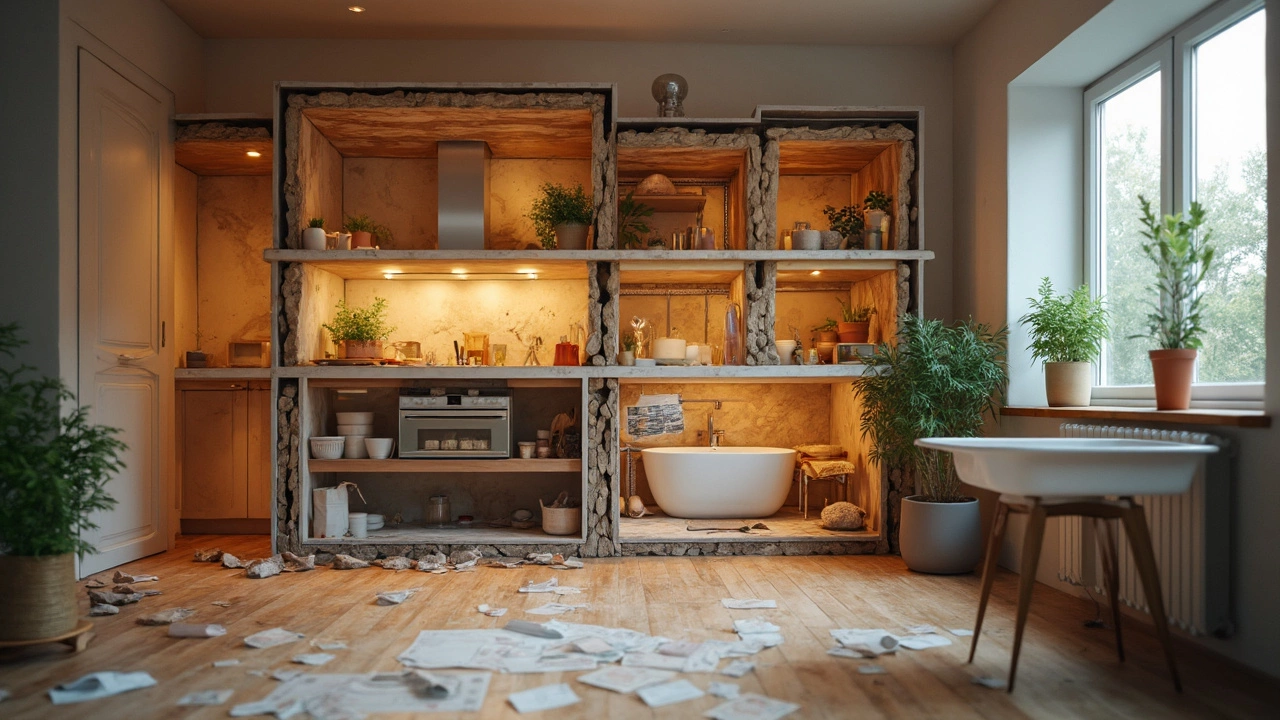Renovation Costs: A Practical Guide for UK Homeowners
If you’re thinking about updating a kitchen, adding a bathroom, or giving your whole house a facelift, the first question is always – how much will it cost? The answer isn’t a single number because every project is different, but you can break it down into clear parts and avoid nasty surprises. Below we’ll walk through the biggest cost drivers, show where you can save, and give you a simple checklist to keep your budget on track.
Breaking Down the Main Cost Factors
1. Labour – In the UK, skilled tradespeople charge the biggest chunk of the bill. Plumbers, electricians, tilers, and carpenters each have hourly rates that range from £35 to £70. The more complex the job, the higher the rate, so a full kitchen install will cost more in labour than a simple wall repaint.
2. Materials – This includes everything from tiles and cabinets to pipes and wiring. Prices vary widely: a basic laminate countertop can be under £50 per square metre, while premium quartz can top £200. Always ask for a detailed material list before signing off.
3. Structural Changes – Moving walls, adding extensions, or reinforcing foundations adds both labour and material costs. A small wall knock‑down might be £500–£800, but a full extension can easily push past £30,000.
4. Permits & Regulations – Planning permission, building control, and compliance inspections are mandatory for many projects. Fees typically range from £100 to £500, but they’re essential to avoid fines later.
5. Contingency – Unexpected issues like hidden damp, rotten timber, or outdated wiring always pop up. A safe contingency fund is 10‑15% of the total budget.
Tips to Trim Your Renovation Budget
• Plan the layout first. A clear plan reduces change‑orders, which are the biggest budget busters.
• Shop around for quotes. Get at least three detailed quotes from vetted contractors and compare line items, not just the total.
• Reuse what you can. Salvaging doors, windows, or fittings saves money and adds character.
• Choose off‑the‑shelf over custom. Standard sizes for tiles, cabinets, and fixtures are cheaper and quicker to install.
• Do small DIY tasks. Demolition, demolition cleanup, and painting can be done yourself if you’re comfortable, shaving a few thousand off the final bill.
• Schedule wisely. Work during off‑peak seasons (late autumn or early spring) can lower labour rates.
By keeping these tips in mind, you’ll be able to set a realistic budget and avoid the stress of overspending.
At McNeil Plumbing & Construction Services, we help clients map out renovation costs from day one. Our experts provide transparent quotes, detailed material breakdowns, and advice on where you can cut costs without compromising quality. Ready to start planning? Contact us for a free, no‑obligation cost assessment and keep your renovation on track.

